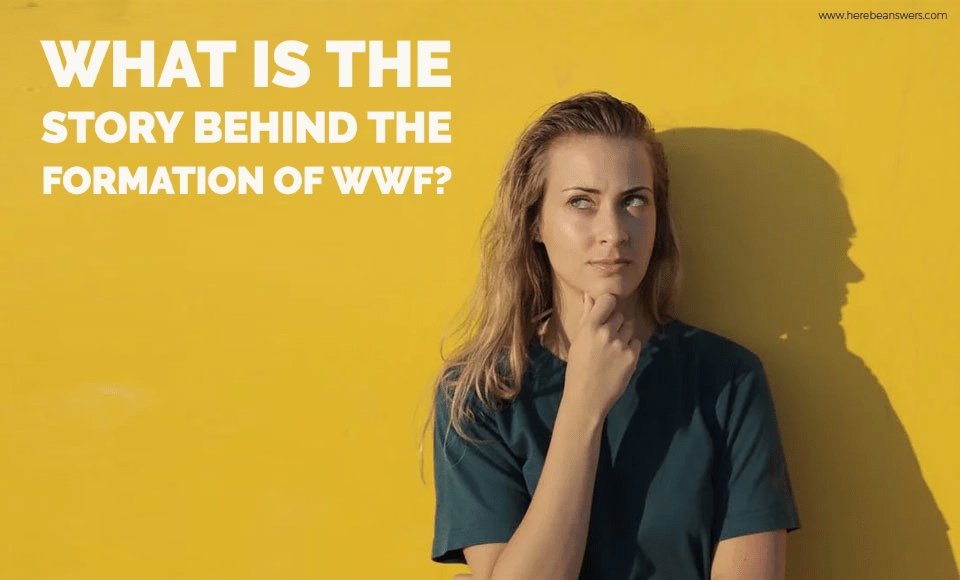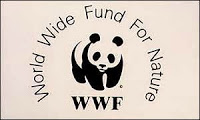The organization known as the International Union for the Conservation of Nature and Natural Resources or IUCN is founded in 1948 and is dedicated to nature conservation. The members of this union included famous scientists and environmental activists from all around the globe, like Roger Helm and Tracy Philipps. In 1961, the members of IUCN organized a conference that lasted for almost three days. However, the topic of the discussion at the conference was not about the problems in the environment. Rather, it was about finding money or funds for the activities that are going to be planned by the organization. During that time, it was a known fact that the organization of renowned scientists was struggling to fund its daily activities due to the lack of budget and proper funding.
Two members who were present in the conference were thinking of one effective way of getting money for the organization. They thought the scientists would need a professional organization to raise funds for the activities related to nature conservation. Those two people were famous British ornithologists Edward Max Nicholson and Peter Scott.
In the same conference, there was another British activist who had been thinking about the same strategy. It was Julian Huxley, the first Director-General of UNESCO (United Nations Educational, Scientific and Cultural Organization) and co-founder of IUCN. Huxley had recently written a few articles in “The Observer” about the forthcoming natural disasters that may occur on Earth. He warned that the animals living in Africa would soon disappear in two decades, and the existence of humanity would be in danger as well due to the lack of resources that allow us to survive. The articles captured the attention of people worldwide, and many nature lovers wrote letters to Huxley to tell him about how thankful they are to him for making people aware of the environmental situation. One of the writers suggested to Huxley in the letter that it would be a good idea to form an international organization to raise funds for nature-related activities. This writer was Victor Stolan, who was also instrumental in gathering members to join the organization.
The idea impressed Huxley, and he soon contacted Nicholson and Scott to discuss the possibility of forming an organization. Nicholson was the first to be assigned to the intricacies of forming the organization. By 1961, which was the same year that the IUCN conference was held, many nature activists and biologists had joined the endeavor, and on September 11 of that year, the organization World Wildlife Fund (WWF) was officially registered as a charity organization. The group’s headquarters were decided to be built in Gland, Switzerland, which is also where the headquarters for the IUCN is located.
Peter Scott was selected to be the first chairman of the organization. From several years after the formation of WWF, it was Scott who spearheaded the fundraising activities, although it was Prince Bernhard of Lippe-Biesterfeld, a consort of Queen Juliana of the Netherlands, who acted as the president. The mascot of the WWF was also the creation of Peter Scott, and it was based on a giant panda named Chi-Chi, who was taken care of by the London Zoo after being transferred from the Beijing Zoo. The first fundraising project of WWF was initiated by an article written in The Daily Mirror that focused on the extinction of animals. The Daily Mirror is arguably one of the most popular British newspapers then, and by publishing an article there, the WWF hoped that they would be able to reach more people to help fund their activities. Fortunately, their efforts were worth it, as the article gained worldwide attention, and in one week, the organization received donations worth 60,000 pounds.
WWF is currently the largest organization for the conservation of nature. It has offices in more than 30 countries, with millions of activists performing duties for the organization across the world. Various conservation projects and charity events are carried out under their leadership throughout the years. In 1986, in order to broaden their goals, the name of the organization was changed. It is now officially known as the World Wide Fund for Nature, but the former name is still being used in campaigns for the United States and Canada. The organization is able to raise funds through various means, including membership fees, donations from anonymous donors, and the sales for merchandise like greeting cards, stamps, shirts, and other souvenirs.

